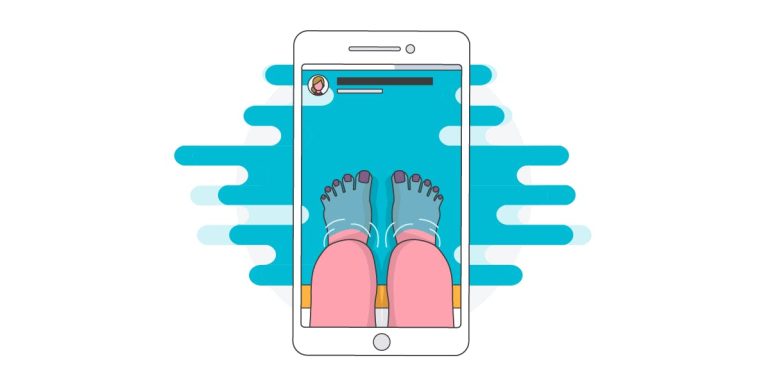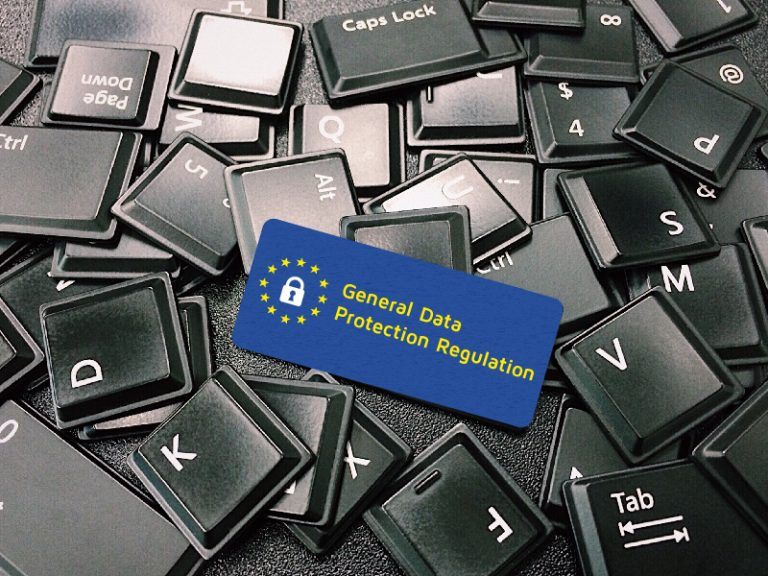
In its most basic form, a content calendar is no different from your normal work calendar; it’s just more specialized. It’s a dedicated map of future blog posts, marketing emails, social media campaigns, and other content. Hubspot provides a variety of content calendar templates, but the calendar system that aligns with what you already use is the most efficient way to get started.
Why Use a Content Calendar?
1. Use the “Show, Tell, Grow, Sell” model. In a balanced cycle:
To stay consistent, write and schedule your posts ahead of time. If you’ll be using social media heavily, consider a paid social scheduling tool. If you’re focused more on blog posts, include all the relevant information you’ll need (links, assets, etc.) directly in your Google Calendar so you’ll have everything organized when it’s time to post. Write your blog posts before you write your social media posts so you can parlay the blog content into each respective platform—a longer description to Facebook, something short and punchy for Twitter, etc.—quickly and easily.
Setting Up Your Content Calendar
2. Cover the topics people really care about, focusing on the free benefits you can impart to your audience through the content itself. Expert how-to’s, answers to common questions, and free templates and checklists are a great idea. Additionally, engage in the conversations people are having about your industry. Start following industry-relevant Facebook groups and Subreddits to see what your target audience is talking about. Don’t feel like you need to simply “feed” people content; participation is helpful as well.
Determining Post Frequency
To a large extent, your ideal posting frequency will be the one that allows you or your team to release thoughtful, high-quality posts without burning out.
- For blogs: One blog post per week is a great starting goal. If you’re pressed for bandwidth, aim to post every two weeks or once a month. This will still allow your posts to build over time in a way that attracts new visitors and provides actionable data on what resonates (and doesn’t) with your audience. Even professional content strategists don’t produce posts that land every time, but every post provides useful information.
- For social media: Different social media channels have different posting etiquette. Twitter and Pinterest are inherently more agile and can withstand multiple posts a day, whereas Facebook and LinkedIn move a bit slower, so you’ll want to keep to posting relevant content to only once or twice a day. Find one to three platforms to work on first (don’t overload yourself), and follow best practices for each platform’s posting schedule.
4. Brainstorm content related to national holidays. Small holidays are especially useful for brainstorming, because they’re often so off-the-wall that you’re unlikely to have thought of anything close to the topic organically—think National Talk Like a Pirate Day, Dr. Suess’s Birthday, or National Get Outside Day. Similarly, pay attention to what’s coming up in the news so you can plan your content around election cycles, industry conferences, and more. Google Trends is a great way to stay on top of conversations that are important to your audience, and you can make it even more useful by plugging in product keywords and mining the related searches.
Finding Your Topic Ideas
3. Use audience and competitor research. The more thorough your research, the more likely you will be to come up with an initial batch of post ideas off the top of your head. If keyword research is in your wheelhouse, it’s a great way to find targeted content ideas that are mostly likely to be successful right out of the gate. If it isn’t, remember that maintaining forward momentum while experimenting is far superior to getting caught in the weeds and not posting anything.
If you don’t yet have a preferred calendar system, we recommend starting with a Google Calendar or Google Do. Head to Calendar.Google and use the + sign on the left next to “Other Calendars” to create a new one. This calendar will be dedicated purely to content marketing, so name it something clear and obvious, like “Content Calendar.”
- Show something within your industry that you (and your customers) will enjoy
- Tell them something new or exciting
- Grow your business by linking to fellow bloggers or posting contests
- and finally, Sell, sell, sell
Content calendars can be a major undertaking. Extensive organization is required prior to creating your calendar, including keyword research, topic ideas, coordination with your product release schedule, and more. While it’s common for ecommerce store owners to decide they don’t have time to launch a full-scale content strategy, savvy business owners can still build significant momentum by posting some content on a regular basis—and the easiest way to stick with a regular posting schedule is to create a content calendar. In this post, we’ll highlight efficient ways to do just that.
Mix and match your post content to avoid fatiguing your customers, and be especially careful to avoid making every post a hard sell. Too many outbound links may seem spammy, and too much self-promotion won’t provide your audience with the additional value they need to stay engaged.
If you’re like many of us, you keep multiple tabs open as you work: one for your email, one (or several) for your research, and one for your calendar. The calendar is likely synced with other accounts like Gmail or a project management system, and you probably rely on it heavily to organize your week. The same rule applies with a content calendar: it can become a lifeline that helps you meet deadlines, remember the right messages at the right time, and prevent important information from slipping through the cracks.
Topic ideas are where most people get stumped. Fortunately, we’ve compiled a list of four easy ways to start compiling topic ideas.
In Conclusion
A living content calendar will pay dividends in the time and sanity you’ll save as you implement your content strategy. Sometimes the hardest part is just getting started, so open up a Google Calendar, start making your important holidays and product release dates, and celebrate as your content calendar starts to take shape.






